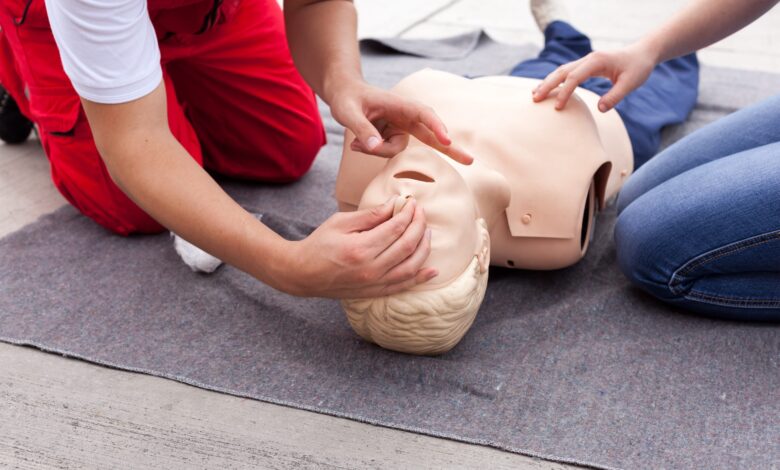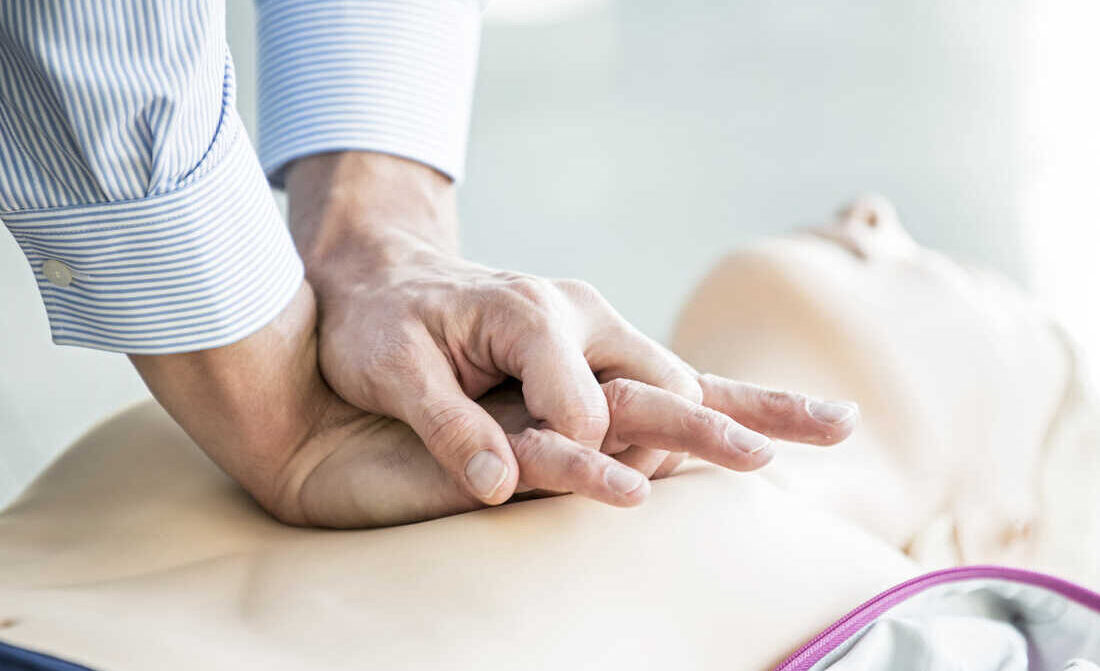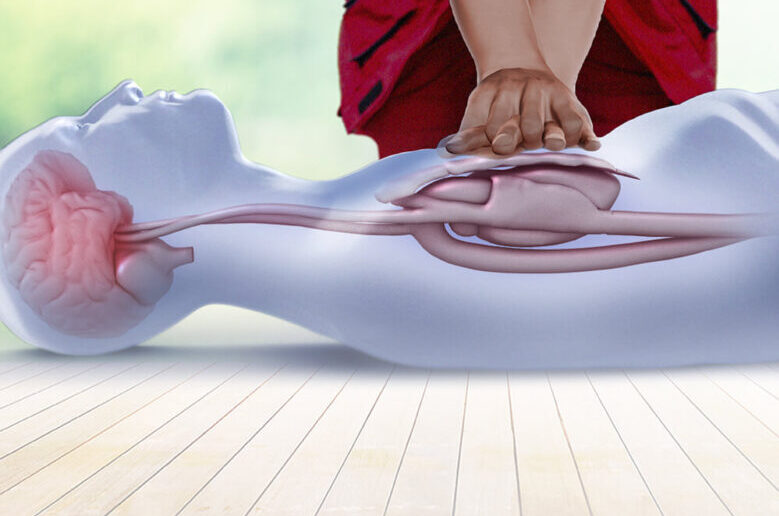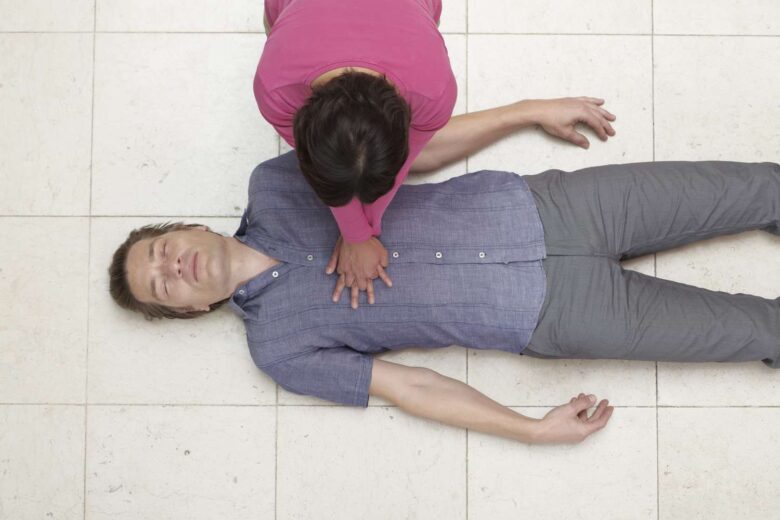
Knowing the basics of life-saving techniques can turn you from a confused bystander to someone who is ready and willing to help. Most of us don’t have the knowledge on how to act in emergencies and it is up to us to decide if we want to be able to step up and save someone’s life or just stand there and wait for someone else to step up.
If you don’t have the needed knowledge in first aid and you want to change that, you’ve come to the right place. Here, we are going to talk about some CPR basics and we will give you first aid training tips for effective life-saving. Keep on reading to be able to step up and save someone when needed.
What Do You Need to Know About the Basics of CPR?
Cardiopulmonary resuscitation, commonly known as CPR, is a life-saving procedure that combines chest compressions and rescue breaths to help a person who has stopped breathing or whose heart has stopped beating.
It’s an integral aspect of first aid training and a fundamental skill that can make the difference between life and death. By effectively circulating oxygenated blood to vital organs, especially the brain and heart, you buy precious time until professional medical help can take over.
What Do You Need to Know About Chest Compressions?

A primary component of cardiac resuscitation is the act of chest compressions. Compressions need to be firm, steady, and deep, aiming to press down at least 2 inches into the chest of an adult. This action helps stimulate the heart, prompting it to pump blood.
The key lies in achieving the correct technique and maintaining a consistent rhythm, roughly about 100-120 compressions per minute. Remember, it’s the depth and consistency of these compressions that can aid in preserving the brain function of the victim.
Why Is It Always Better to Get Certified?
While understanding the basics of CPR is valuable, getting certified through an accredited training program takes your preparedness to the next level. Such programs delve deep into the nuances of cardiopulmonary resuscitation, offering hands-on practice and comprehensive training on both adult and pediatric mouth-to-mouth resuscitation.
Even if you’ve received training in the past, renewing your certification regularly ensures that you’re up-to-date with the latest guidelines and best practices. A certification doesn’t just signify your expertise but underscores your commitment to saving lives.
If you are interested in this, and if you want to learn what you need to do to get the certification, then you should visit https://cprcertificationnow.com/products/cpr-first-aid-certification.
How to Recognize if Someone Needs Your Help?

At the onset of a medical emergency where the kiss of life procedure might be needed, the ability to recognize the signs quickly can be the difference between life and death. Symptoms such as unconsciousness, absence of pulse, irregular or no breathing, and bluish skin tone indicate a dire need for immediate action.
Being observant and trusting your instincts can allow you to initiate cardiopulmonary resuscitation in those vital first few minutes, possibly preventing irreparable damage.
What Do You Need to Know About the Rescue Breaths?
While chest compressions are pivotal, rescue breaths play a significant role, especially when the victim has drowned or experienced respiratory issues. Once you’ve provided 30 chest compressions, it’s time to give two rescue breaths.
Tilt the person’s head back slightly to open the airway, pinch the nostrils shut, and breathe into the mouth until the chest rises. Ensuring a proper seal and watching for chest movement is crucial to make this component of mouth-to-mouth resuscitation effective.
How Do You Ensure That the Other Person Survives?

CPR is just one link in what professionals refer to as the “Chain of Survival.” This chain includes early recognition, early cardiopulmonary resuscitation, early defibrillation, effective advanced life support, and post-cardiac arrest care.
By understanding where mouth-to-mouth resuscitation fits into this chain, you can enhance its effectiveness. Once you’ve initiated the kiss of life procedure, it’s essential to ensure that someone has called emergency services and, if available, fetched an automated external defibrillator.
How Do You Decide if You Need to Stop or Continue?
Knowing when to start mouth-to-mouth resuscitation is crucial, but so is recognizing when to stop or continue. If the individual begins to breathe normally, shows signs of life, or if the scene becomes unsafe, you may need to stop.
However, if none of these conditions are met, it’s crucial to persist with cardiopulmonary resuscitation until professional help arrives. There might be situations where fatigue sets in, especially if you’re the sole responder. In such cases, if someone else is present and trained, take turns to ensure the victim receives consistent care.
Remember That You Need to Change the Technique Depending on the Person
It’s crucial to understand that cardiopulmonary resuscitation isn’t a one-size-fits-all procedure. Techniques and depths of compression vary between adults, children, and infants. For instance, while deep compressions are advised for adults when it comes to infants, softer and shallower compressions with only two fingers are recommended.
Adapting your kiss of life procedure technique to the victim’s age and body size ensures maximum effectiveness while reducing the risk of unintentional injuries.
How to Ensure You Don’t Do Anything Wrong?
Before you commence the kiss of life procedure, ensuring your safety and that of the victim is paramount. Survey the scene for potential hazards like fires, traffic, or electrical dangers.
Using barriers or personal protective equipment, especially when delivering rescue breaths, minimizes the risk of transmitting infectious diseases. Always carry a mouth-to-mouth resuscitation mask or shield in your first-aid kit—it’s a small tool that can be a game-changer in emergencies.
How to Stay Calm During an Emergency?

The scene of a medical emergency can be chaotic. Amidst the panic and anxiety, it’s crucial for the person performing cardiopulmonary resuscitation to remain calm and composed. Taking a deep breath, focusing on the task at hand, and reminding oneself of the training can help in staying grounded.
Your confidence and assuredness can also comfort and reassure bystanders or family members, making the situation more manageable for everyone involved.
At the heart of mouth-to-mouth resuscitation lies the profound human instinct to help and save. With the right training and mindset, anyone can master the skills required to effectively administer CPR.
Regularly refreshing your knowledge, practicing the techniques, and understanding the evolving guidelines ensures you’re always prepared. By embracing the essence of cardiopulmonary resuscitation and its accompanying techniques, you stand as a beacon of hope in critical moments, offering a fighting chance to those in dire need.



